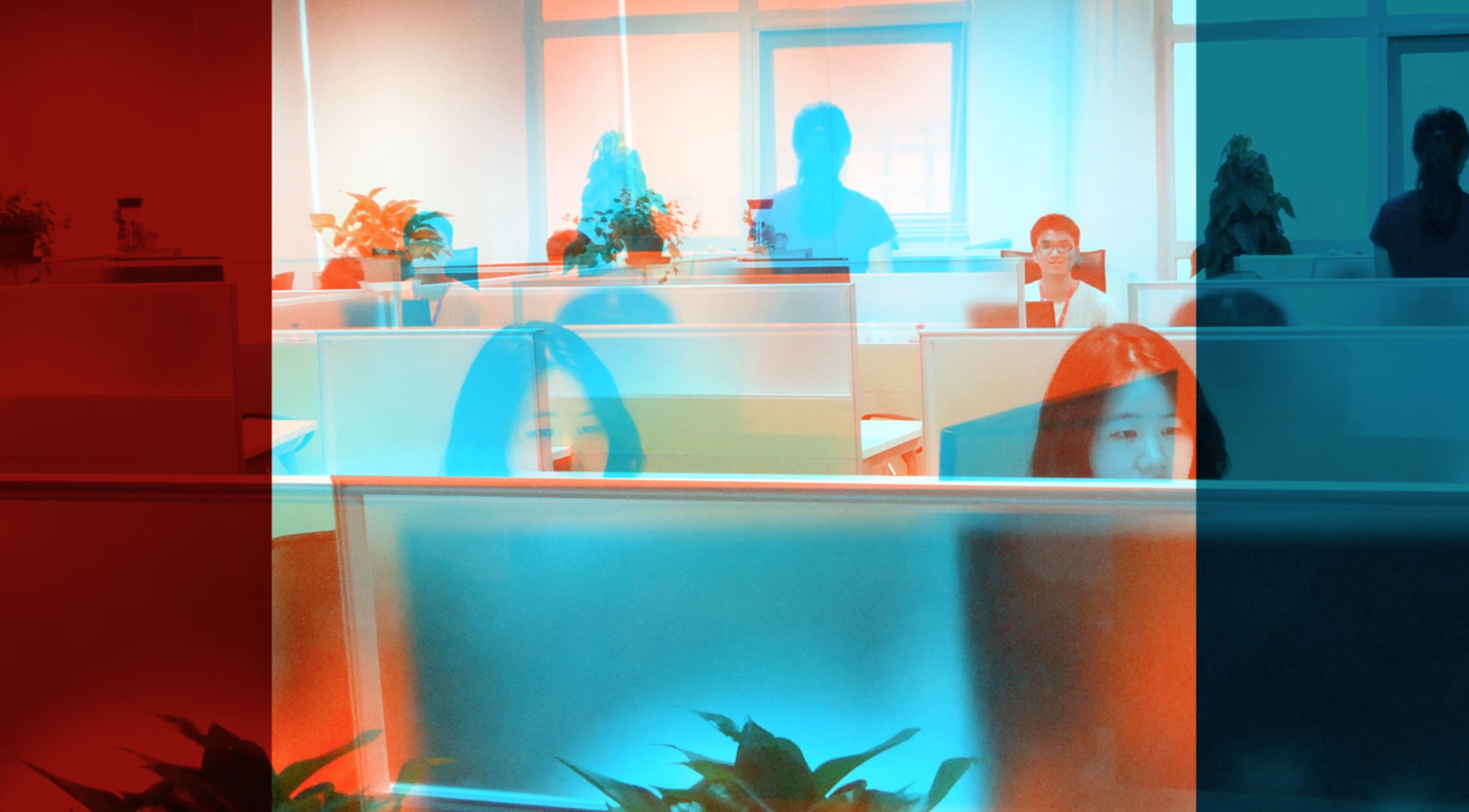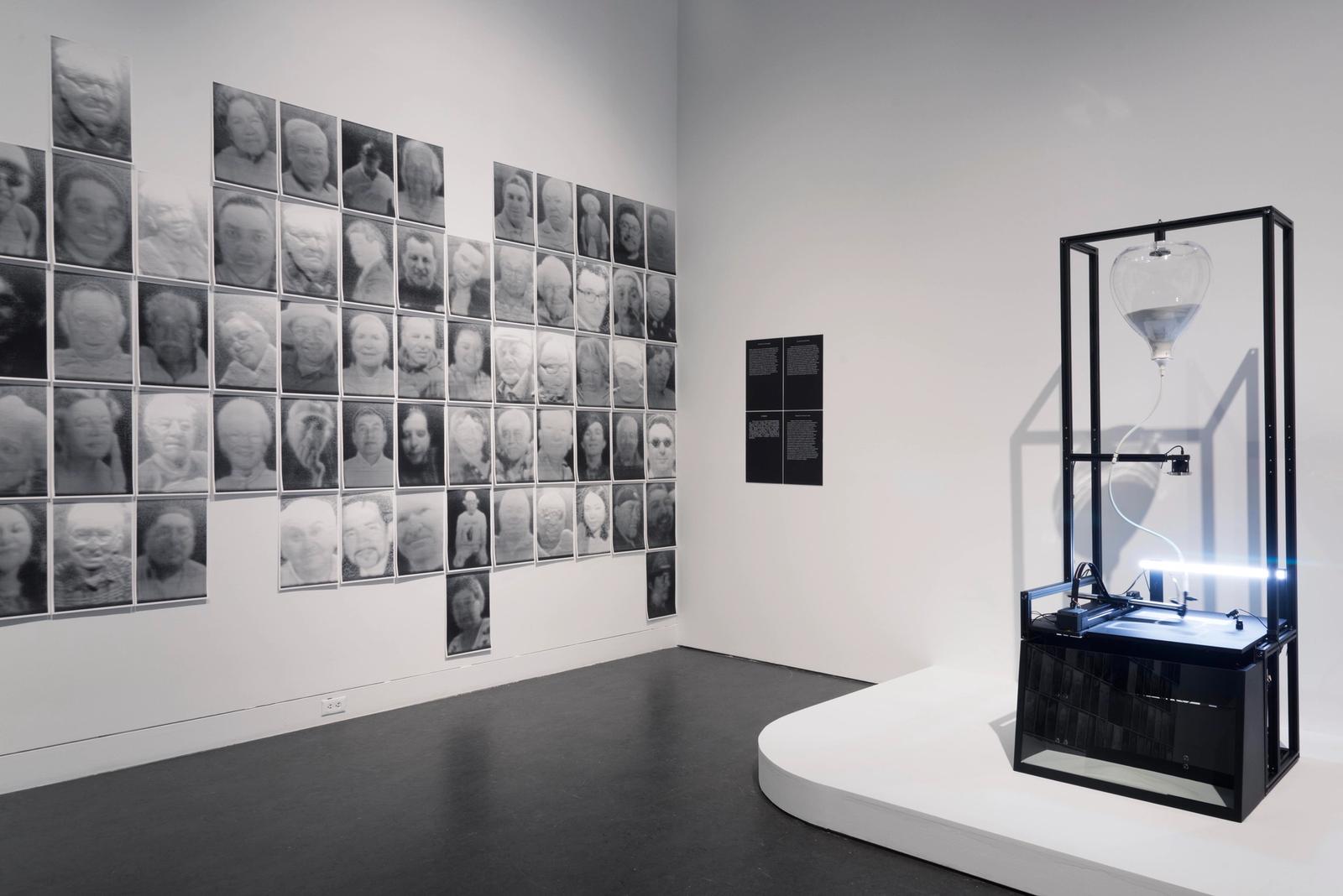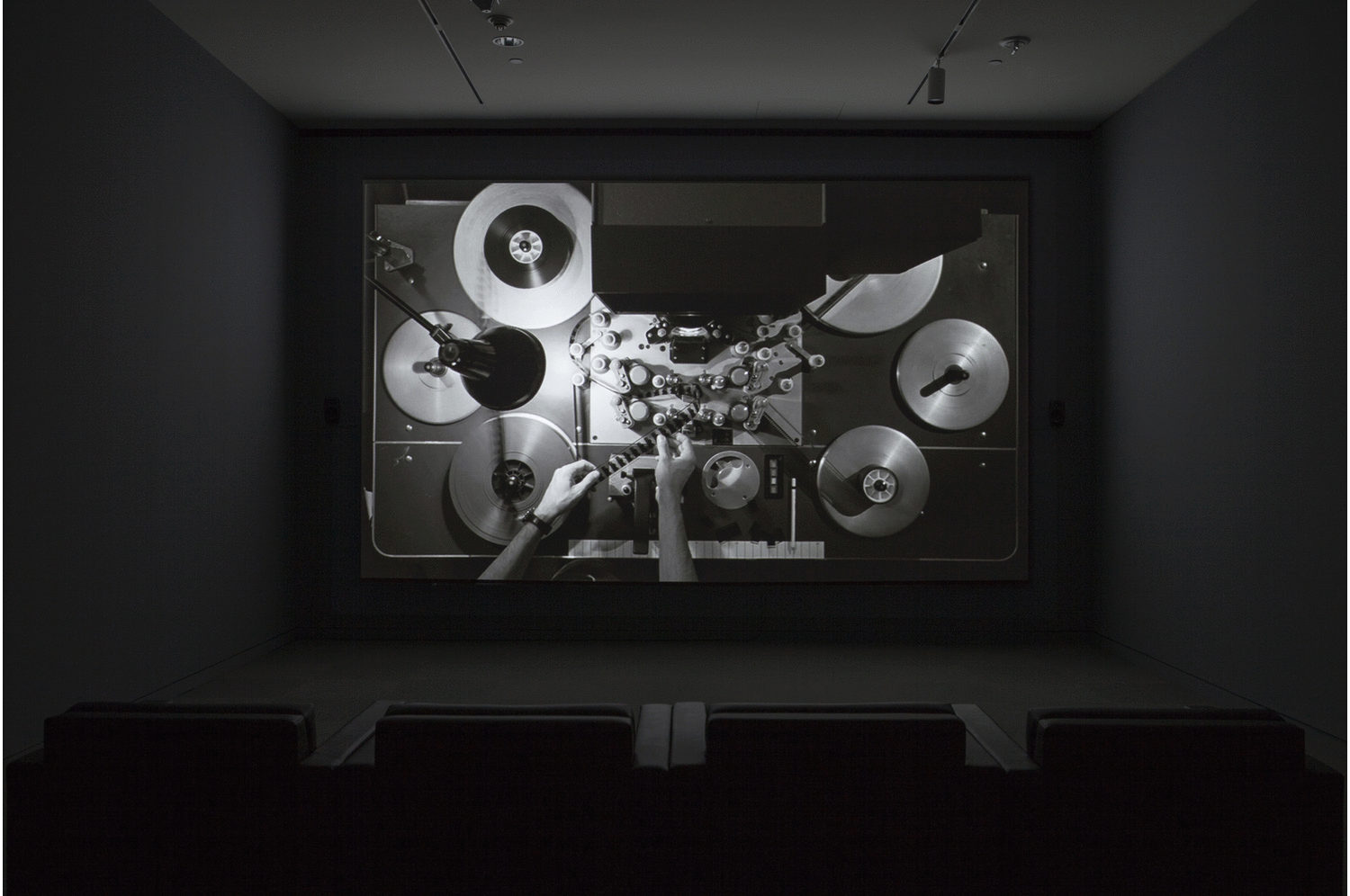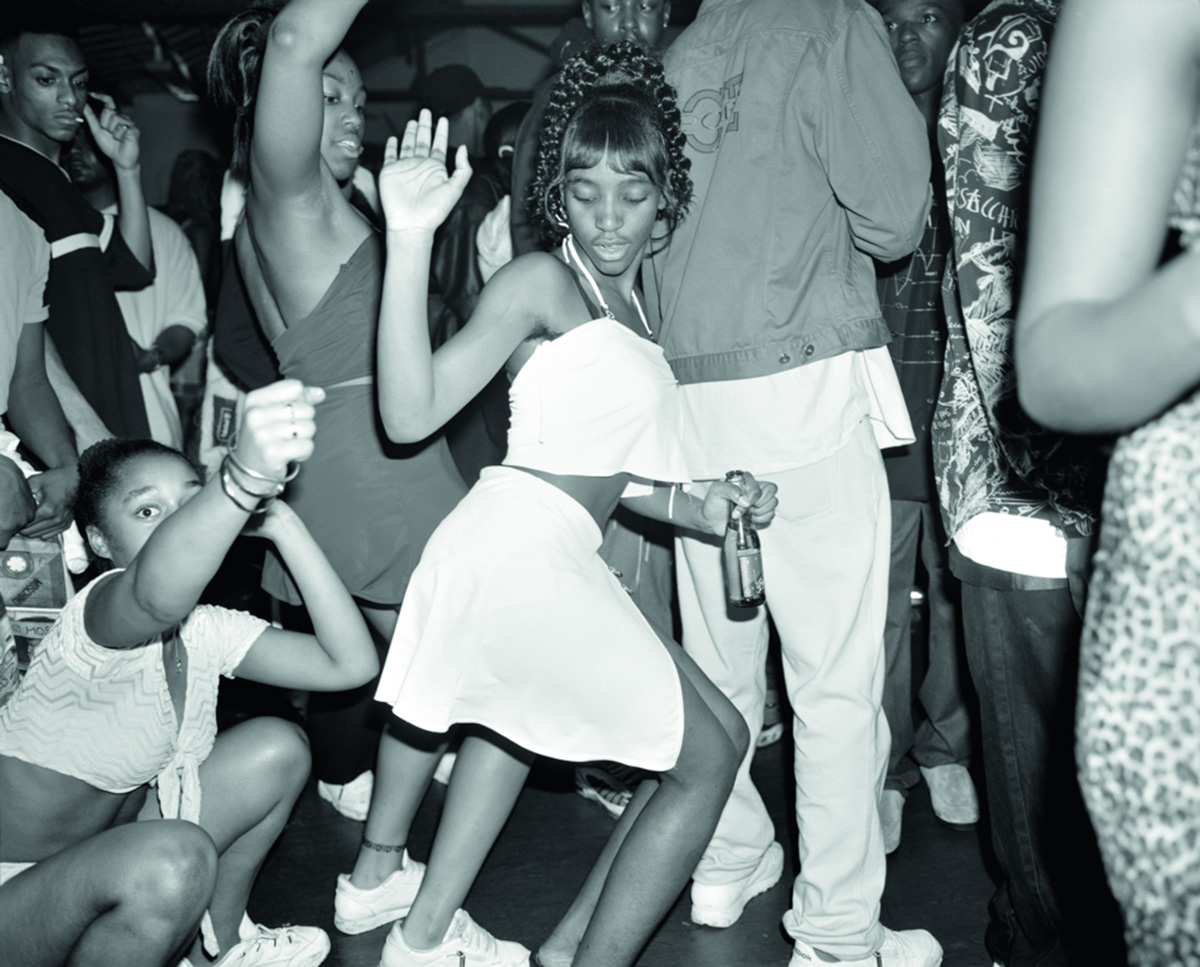Edited with text by Jeffrey De Blois.
Foreword by Jill Medvedow. Text by Erika Balsom, Joshua Chambers-Letson, Eileen Myles, Drew Sawyer, Jordan Strafer, Martine Syms. Artwork by Nicole Eisenman, Ryan Trecartin.
American artist Charles Atlas (born 1949) is a leading figure in film and video art known for his pioneering work at the intersections of moving image, dance and performance. Alongside the artist’s first retrospective, About Time surveys 50 years of groundbreaking work through immersive multichannel video installations Atlas describes as “walk-through experiences.” These monumental installations reimagine his collaborations with artists such as Marina Abramovic, Michael Clark, Merce Cunningham and Yvonne Rainer in dynamic new spatial configurations. Taking in themes of performance and portraiture, gender and sexuality, and collaboration and friendship, About Time presents significant new scholarship on the artist’s work and legacy from some of today’s leading voices, foregrounding a diverse group of artists reflecting on Atlas’ influence.
Aug 24, 2024–Jan 12, 2025
Whitney Museum of American Art
Mark Armijo McKnight: Decreation features new and recent black-and-white photographs by Mark Armijo McKnight (b. 1984, Los Angeles, California; lives in New York, New York) and focuses on his ongoing body of work, “Decreation.” The concept, originated by the French philosopher, activist, and mystic Simone Weil (1909–1943), describes an intentional undoing of the self, a process Armijo McKnight explores in images of bodies and landscapes in intermediate states, such as anonymous nude figures engaged in erotic play amidst harsh environments. These photographs convey a sense of both ecstasy and affliction. A new 16mm film in the gallery plays a cacophonous symphony of gradually unwinding metronomes set within the dramatic geological formations of the Bisti Badlands/De-Na-Zin Wilderness in New Mexico. Two large limestone sculptures, which double as seating, suggest the forms of a pair of ancient sundials. As a whole, Decreation simultaneously evokes tumult and quietude, darkness and light, isolation and togetherness.
This exhibition is on view in the Lobby gallery, accessible to the public free of charge as part of the Whitney Museum’s enduring commitment to supporting and showcasing emerging artists’ most recent work.
Mark Armijo McKnight: Decreation is organized by Drew Sawyer, Sondra Gilman Curator of Photography, with Nakai Falcón, Curatorial Assistant.
The first publication dedicated to artists' zines in North America, a revelatory exploration of an unexamined but thriving aesthetic practice
Copy Machine Manifestos captures the rich history of artists' zines as never before, placing them in the lineage of the visual arts and exploring their vibrant growth over the past five decades. Fully illustrated with hundreds of zine covers and interiors, alongside work in other media, such as painting, photography, film, video, and performance, the book also features brief biographies for more than 100 zine-makers including Beverly Buchanan, Mark Gonzales, G.B. Jones, Miranda July, Bruce LaBruce, Terence Koh, LTTR, Ari Marcopoulos, Mark Morrisroe, Raymond Pettibon, Brontez Purnell, Paul Mpagi Sepuya, and Kandis Williams. Accompanying a major exhibition at the Brooklyn Museum, this expansive book, bound as a paperback with a separate jacket, focuses on zines from North America, celebrating how artists have harnessed the medium's essential role in community building and transforming material and conceptual approaches to making art across all media since 1970.
Specifications:
- Format: Paperback
- Size: 270 × 200 mm (10 5/8 × 7 7/8 in)
- Pages: 448 pp
- Illustrations: 800 illustrations
- ISBN: 9781838667085
Mimeograph, Wite-Out, and Full-Frontal Nudity: On the Birth of Queercore Zines
A conversation with artist and performer Vaginal Davis about the visual inspirations for her earliest work and friendships with other zine creators.
By Drew Sawyer
February 01, 2024
The artist and performer Vaginal Davis produced numerous zines in Los Angeles during the late 1980s and early 1990s but is most known for Fertile La Toyah Jackson Magazine. Named after a member of Davis’s band Afro Sisters and a play on the name of pop star La Toya Jackson, the zine appeared, according to Davis, “whenever Fertile becomes so indignant, so frustrated with the goings on of our critical times . . . that she feels it’s time for her to make comment.” With columns such as “What Makes Fertile La Toyah Mad?” and “La Toyah Talk,” the fanzine featured gossip, cruising stories, and performance and zine reviews.
Davis spoke with curator Drew Sawyer about the early days of zine production, the emergence of a queercore zine scene, and the inspirations behind Fertile La Toyah Jackson Magazine. Visit the Brooklyn Museum to see Copy Machine Manifestos: Artists Who Make Zines, which includes works by Davis, through March 31, 2024.
How early zinesters met each other
When I was a small child, it was fairly common to have pen pals and to communicate with other children from around the world. And I was always interested in other people from around the world and carrying on correspondence. So that’s something that I’ve always done, writing letters via post, something that so few people do now. That’s always been a part of my art practice as well.
So [Canadian artist and zine publisher] G. B. Jones, she [wrote] me these really long, really lovely letters that were twenty to twenty-five pages long. We used to have a correspondence with each other. She would send me copies of her zine, I would send her copies of my zine. And even though we didn’t really meet each other till much later, I always felt like I knew her really well. And then [Canadian artist and zine publisher] Bruce LaBruce got jealous that G. B. was having such an intimate correspondence with me, so then he started writing me. But it first started between me and G. B. Jones.
With the emergence of the queercore zine scene, letter-writing was basically how everybody met each other and got to know each other. That was the starting point. . . . I didn’t even know that anyone else was doing anything similar to what I was doing. I had no idea. I was just working in my own bubble. And then I started to get copies of other zines being sent to me.
If you want something bad enough and you’re not really getting your needs met, you just put it out there and pretend that you’re getting it.
On creating her first zine
It was a little magazine that was done on a mimeograph machine that I stole from school. That was one of the earliest examples of making my own little independent publication, which is something that I started to do in elementary school.
All of my zines have been pretty much the same. They incorporate some poetry, some prose, some ranting about whatever happens to be on my mind. I pretty much follow the same format throughout.
They weren’t really called “zines” then; it was just making a little publication and mimeographing it. I loved the mimeograph machine because it had this purple ink and it smelled so good. I was quite intoxicated by the smell of the mimeograph machine.
On finding innovative ways to get things done
If you want something bad enough and you’re not really getting your needs met, you just put it out there and pretend that you’re getting it. And then that can lead to it actually happening.
That’s what happened to me.
I would go to my day job at UCLA’s Placement and Career Planning Center and then enlarge the type to make captions and headlines, and then photocopy the magazine, and have a little beer and pizza party and get together with my friends and then we’d staple the magazine together. But who would have ever thought that something that’s non-slick, that’s non-glossy, could ever get so much attention? It was absolutely unheard of.
You have to remember, this was way before desktop publishing. This wasn’t desktop publishing at all. This was cut and paste with spirit gum and glue sticks and sometimes tape and Wite-Out. That was our version of Photoshop in those days.
On visual inspirations
My inspiration for Fertile La Toyah Jackson was gossip magazines of the ’70s—teen fan magazines like Tiger Beat magazine and 16 Magazine, After Dark magazine. There was a magazine called Dance Magazine, and it featured a lot of male nudity, full-frontal male nudity, but under the guise of appreciating the ballet dancer’s body. [laughs] Those were the kinds of magazines that inspired me.
I loved Diva. That was a magazine that really, really inspired me. It also featured a lot of softcore photos of male celebrities nude, you know, and that was a big deal in the ’70s—a male TV star or film star would appear nude in Diva Magazine, like, “Oh my god, that was scandalous.”
[Today] everyone’s so guarded with their image and protective of their image; they have all these publicists and this and that, and all these people that represent them. Nothing happens spontaneously now. But back in the ’70s, a lot of things happened very spontaneously. It was a whole different era. Especially LA [from] the ’70s to about 1984—LA was so fascinating and so wild, people just walking down the street half-naked all the time. LA was pretty warm all the time, and people never really wore clothes. It was so sexy.
Columbus Museum of Art, April 29 to November 27, 2016
CMA invited New York-based artist Lucy Raven (American, born 1977) to organize a show drawn from our collections. In her work, Raven combines animation, photography, and sound to investigate industrial systems and image production. For this exhibition, the artist was inspired by works in the Photo League Collection, the Philip J. and Suzanne Schiller Collection of American Social Commentary Art, 1930 – 1970, and the Museum’s archive that similarly focus on labor and vision. "The selections foreground connections between the hand and the eye,” says Raven. “And many of the images suggest the potential of relief in and from the workplace.”
In conjunction with the installation, the Museum will present two video works and an illustrated lecture by Raven. China Town (2009) consists of thousands of still photographs and ambient sounds that trace copper mining and production from an open pit mine in Nevada to a smelter in China. The film follows the detailed process that transforms raw ore into copper wire. In Curtains (2014), a series of ten stereoscopic photographs are split into the red and blue panes of anaglyph 3D glasses, which are worn while watching the piece. Each image depicts the painstaking, frame-by-frame process of creating visual effects for 21st-century Hollywood cinema; its global assembly lines run from Los Angeles through Bombay, Beijing, London, Vancouver and Toronto. Low Relief, a 40 minute long illustrated lecture, connects research into bas-relief sculpture in both India and the United States to the illusion of depth created in stereoscopic 3D films, and the globally-connected, labor-intensive processes of post-production involved.




October 29, 2021–June 26, 2022
Stephanie and Tim Ingrassia Gallery of Contemporary Art, 4th Floor

Columbus Museum of Art
October 19, 2018 to January 20, 2019
Washington Post review
Washington Post “Best of 2018”
ARTNEWS
Columbus Underground
The Columbus Dispatch
I, Too, Sing America: The Harlem Renaissance at 100 celebrates the 100th anniversary of the Harlem Renaissance, a cultural movement that resonated well beyond the geographic boundaries of the New York neighborhood in which it was born. This original exhibition and its accompanying book are the culmination of decades of research by guest curator and Columbus native Wil Haygood, who has written award-winning biographies of 20th-century Harlem figures Adam Clayton Powell, Jr., Sammy Davis Jr., Sugar Ray Robinson, and Thurgood Marshall.
In addition to notable paintings by Elizabeth Catlett, Aaron Douglas, Jacob Lawrence, and many more, the exhibition presents rarely seen photographs by James Van Der Zee as well as hundreds of vernacular photographs from an outstanding private collection. A selection of books, music, films, and posters from the period further showcases the innovative and expansive cultural output produced in Harlem and elsewhere. The range of works sheds light on the ways in which artists, writers, filmmakers, and performers transformed contemporary representations of black experience in America.
Columbus Museum of Art
October 7, 2016 to January 8, 2017
Artforum Critics' Pick
Aperture review
The Sun Placed in the Abyss is a group exhibition featuring 50 artists and collectives who, since 1970, have used the sun as subject to explore the historical, social, and technological conditions of photography, both still and moving. Borrowing its title from a poem by Francis Ponge, The Sun Placed in the Abyss tracks how the sun has been used as a metaphor from Conceptual art to the Pictures Generation to current practices.
The exhibition is divided into three thematic sections. In the first section, “Archaeologies of Knowledge,” artists re-contextualize pictures of solar phenomena from the nineteenth century to today, reflecting on the intertwined histories of photographic technologies and scientific inquiry. The second section, “Into the Light,” showcases artists who have pointed their camera directly at the sun or used sunlight as a medium. In the final section, “New Romantics,” artists incorporate images of sunrises and sunsets to highlight issues of aesthetic taste and the material conditions of photographic technologies, from postcards and tourist snapshots to magazines and cell phones. The romantic trope of the rising or setting sun becomes a poetic mediation on the politics of photographic representation and meaning.
The exhibition includes works by Dove Allouche, Sarah and Joseph Belknap, Sarah Charlesworth, Anne Collier, Linda Connor, Tacita Dean, Jan Dibbets, John Divola, Shannon Ebner, Buck Ellison, Sam Falls, Hans-Peter Feldmann, Ryan Foerster, Dan Graham, Yuji Hamada, Rachel Harrison, CJ Heyliger, David Horvitz, Matthew Jensen, Craig Kalpakjian, Kikuji Kawada, Matt Keegan, Mathias Kessler, Barbara and Michael Leisgen, Jochen Lempert, Zoe Leonard, Sol LeWitt, Mary Lucier, Aspen Mays, Chris McCaw, Lisa Oppenheim, Catherine Opie, Trevor Paglen, Anthony Pearson, Richard Prince, Walid Raad, Dario Robleto, Susan Schuppli, Hugh Scott-Douglas, Simon Starling, A.L. Steiner, Yosuke Takeda, Diana Thater, Wolfgang Tillmans, Artie Vierkant, James Welling, T.J. Wilcox, Letha Wilson, and Hiroshi Yamazaki.

I Too Sing America: The Harlem Renaissance at 100
Washington Post
New York Time
ARTNEWS
One hundred years after the Harlem Renaissance emerged as a creative force at the close of World War I, I Too Sing America offers a major survey on the visual art and material culture of the groundbreaking movement.
It illuminates multiple facets of the era--the lives of its people, the art, the literature, the music, and the social history--through paintings, prints, photography, sculpture, and contemporary documents and ephemera. The lushly illustrated chronicle includes work by cherished artists such as Romare Bearden, Allan Rohan Crite, Palmer Hayden, William Johnson, Jacob Lawrence, Archibald Motley, and James Van Der Zee.
The project is the culmination of decades of reflection, research, and scholarship by Wil Haygood, acclaimed biographer and preeminent historian on Harlem and its cultural roots. In thematic chapters, the author captures the range and breadth of the Harlem Reniassance, a sweeping movement which saw an astonishing array of black writers and artists and musicians gather over a period of a few intense years, expanding far beyond its roots in Harlem to unleashing a myriad of talents upon the nation. The book is published in conjunction with a major exhibition at the Columbus Museum of Art.

JR: Chronicles
MAISON CF/BROOKLYN MUSEUM, 2019Hardcover, 7 x 9 in. / 240 pgs / 90 color / 40 bw.
A comprehensive overview on the French artist who has transformed cities worldwide with his epic portraits of their inhabitants.
Over the past two decades, French artist JR has massively expanded the impact of public art through his ambitious projects that give visibility and agency to people around the world. Showcasing the full scope of the artist's career, JR: Chronicles accompanies the first major exhibition in North America of works by the French-born artist. Working at the intersections of photography, social engagement and street art, JR collaborates with communities by taking individual portraits, reproducing them at a monumental scale and wheat pasting them--sometimes illegally--in nearby public spaces.
This superbly produced volume traces JR's career from his early documentation of graffiti artists as a teenager in Paris to his large-scale architectural interventions in cities worldwide, to his more recent digitally collaged murals that create collective portraits of diverse publics. The centerpiece of the accompanying exhibition is The Chronicles of New York City, a new epic mural of more than 1,000 New Yorkers. Also included are previously unseen murals set in Brooklyn; Face 2 Face, diptychs of Israelis and Palestinians in Palestinian and Israeli cities; Women Are Heroes, featuring images of the eyes of women gazing back at their communities in numerous countries; The Gun Chronicles: A Story of America, JR's complex work on guns in America; and other equally famous works.
Red Horizon: Contemporary Art and Photography
in the USSR and Russia, 1960–2010
Drew Sawyer & Tyler Cann (Eds.)8 x 11 in. / 176 pp / Extensive b&w and color
Featuring more than 200 images, Red Horizon explores art made during the period shortly after Joseph Stalin’s death in 1953 until the collapse of the Soviet Union in 1991 and beyond, when artists attempted to represent the growing gap between government-sanctioned orthodoxies and life as it was in the USSR and Russia. This timely survey, coinciding with the centennial of the Russian Revolution, is drawn from two facets of Neil K. Rector’s renowned art collection: Soviet and Russian photography from the 1970s to the early 1990s, and the work of Moscow-based unofficial artists who came to prominence in the 1960s and 1970s.
Two introductory essays by Tyler Cann and Drew Sawyer examine the works in these two extraordinary collections, contextualizing them in the broader political and artistic climates. Additional essays by art historians Matthew Jesse Jackson, Myroslava Mudrak, Ksenia Nouril, and Gleb Tsipursky address themes such as symbols of the Soviet state, the return of modernism, landscape and memory, and the tension between folk and mass cultures. Combining documentary photography, conceptual art, painting, and more, Red Horizon offers fresh perspective on the art and life of this period, and suggests how creativity and critical thinking manifest themselves under the most difficult social and ideological circumstances.
Among the artists and photographers included are Gennady Bodrov, Eric Bulatov, Andrey Chezhin, Ivan Chuikov, Vladimir Filonov, Sergei Gitman, Eduard Gladkov, Farit Gubaev, Laura Ilyina, Francisco Infante, , Ilya Kabakov, Komar & Melamid, Alexander Kosolapov, Sergey Kozhemyakin, Nikolai Kulebiakin, Vladimir Kuprianov. Mikhail Ladeishikov, Igor Lagunov, Alexander Lapin, Sergey Leontiev, Evgeny Likhosherst, Boris Mikhalevkin, Igor Moukhin, Irina Nakhova, Vladimir Nemukhin, Victor Pivovarov, Oleg Poleshuk, Yuri Rybtchinski, Igor Savchenko, Valery Shchekoldin, Mark Shteinbock, Victor Shurov, Leonid Sokov, Vladimir Syomin, Alexander Slussarev, Boris Smelov, Eduard Steinberg, Vyatcheslav Tarnovetsky, Alexey Titarenko, Oleg Tselkov, Oleg Vassiliev, Rifkhat Yakupov, Vladimir Yankilevsky, and Marina Yurchenko.

Golden State
This catalogue accompanies the group exhibition Golden State at Marianne Boesky Gallery. The exhibition features the work of seven California-based photographers, whose meticulously staged and documentary style images capture distinctions of class and economy and speak to individual and communal aspirations. On view March 29 through April 27, 2017 at 507 W. 24th Street, Golden State connects to issues at the very core of today’s political tumult, through depictions of a state that has at once emerged at the forefront of the progressive movement and encapsulates the growing disparities between economic classes.
Among the artists featured in the exhibition are John Divola, Buck Ellison, Christina Fernandez, Anthony Hernandez, Catherine Opie, and Larry Sultan, all of whom have been based in California throughout their careers. While artists like Fernandez, Hernandez, and Ellison are well known and acclaimed on the West Coast, they have received less recognition nationally. Golden State offers a dynamic opportunity to introduce the work of these California photographers to East Coast audiences, and to position them within a broader artistic and socio-political dialogue.
The exhibition will also include several photographs from Dorothea Lange’s series on Japanese-American internment in 1942, which were originally censored by the U.S. government. The inclusion of these images, which feel eerily immediate and contemporary, demarcate California’s position at two important junctures in American history—first, as complicit in government-sanctioned racism and paranoia during World War II, and now in direct and forceful opposition to the same political forces.
The Sun Placed in the Abyss
Exhibition catalgue. Edited and text by Drew Sawyer. Texts by Jordan Bear, Tyler Cann, and Kris Paulsen. The Columbus Museum of Art/DAP, 2016The Sun Placed in the Abyss brings together the work of more than 50 artists who, since 1970, have used the sun as a subject to explore the historical, social and technological conditions of photography, both still and moving. Borrowing its title from a poem by Francis Ponge, The Sun Placed in the Abyss tracks how the sun has been used as a metaphor from Conceptual art to the Pictures Generation to current practices.
The diverse, intergenerational list of artists featured speaks to the enduring interest in our closest star: works by Sarah Charlesworth, Anne Collier, Tacita Dean, Jan Dibbets, John Divola, Shannon Ebner, Dan Graham, Zoe Leonard, Sol LeWitt, Catherine Opie, Trevor Paglen, Richard Prince, Walid Raad and many more are included in this dynamic publication, published to accompany an exhibition at the Columbus Museum of Art.

"Carmen Winant"
Osmos Magazine: Issue 13Edited by Cay Sophie Rabinowitz.
Osmos magazine is “an art magazine about the use and abuse of photography,” explains founder and editor Cay Sophie Rabinowitz (formerly of Parkett and Fantom).
The magazine is divided into thematic sections—some traditional, such as “Portfolio,” “Stories” and “Reportage”—and others more idiosyncratic, such as “Eye of the Beholder,” where gallerists discuss the talents they showcase; and “Means to an End,” on the side effects of nonartistic image production. This issue features a portfolio of work by the conceptual photographer Bing Wright, curator Drew Sawyer on Carmen Winant, an intimate look at the work of Lari Pittman and an essay by Peter Weibel on interface technology in the films of Kathryn Bigelow.


“Is the Still Life the Form of the Moment?”
Aperture
Six photography curators consider images that have new resonance in the era of social distancing.
PhotoWorks, Photography+ #2 Dance
Liz Johnson Artur
"Lyle Ashton Harris"
Document Journal, Fall 2017
Screening of Black Mother (2018) and conversation with filmmaker Khalik Allah
Experience the film Black Mother (Khalik Allah, 2018, 77 min.), a spiritual exploration of Jamaica’s history and present day, from the city to the countryside. Followed by a conversation between director Khalik Allah and curator Drew Sawyer.
Brooklyn Talks: Photographers on Garry Winogrand
Thursday, May 16, 2019
7–9 pm
Delve into the legacy of pioneering photographer Garry Winogrand in this talk presented in conjunction with our special exhibition Garry Winogrand: Color. Contemporary photographers Khalik Allah, Tina Barney, John Edmonds, and Elle Pérez discuss Winogrand’s work and the ways it intersects with their practices, moderated by Drew Sawyer, Phillip Leonian and Edith Rosenbaum Leonian Curator, Photography.

